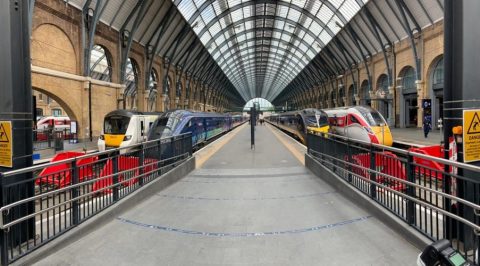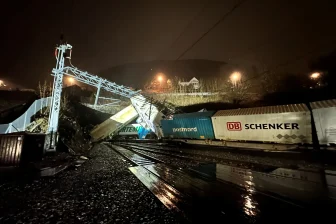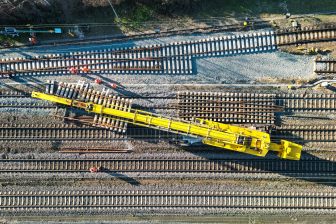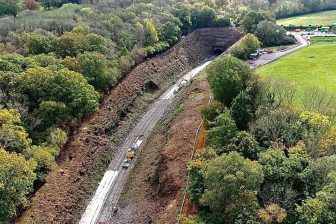
Network Rail completes London King’s Cross upgrade
source: Network Rial
A multi-million pound upgrade designed to future proof London’s King’s Cross station was completed last week by Network Rail. The ‘once-in-a-generation’ improvement scheme should radically improve services for passengers.
Want to read more?
You have read all of your free premium articles for this month. Please become a subscriber to keep reading.
Subscribe now!
Take advantage of our exclusive offer to get full access to all premium content.



